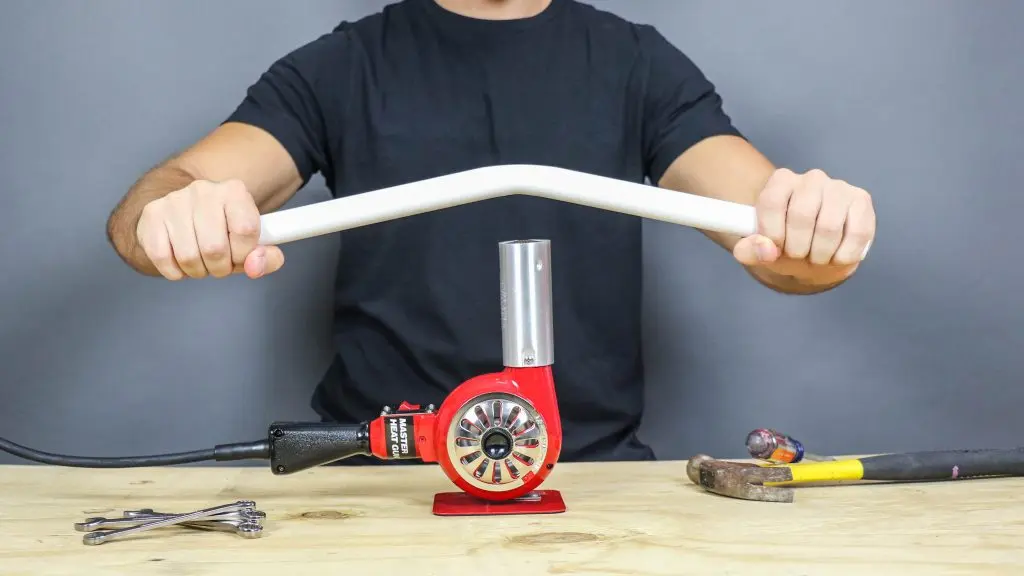Nov . 16, 2024 13:59 Back to list
300mm pvc pipe manufacturer
The Dynamics of 300mm PVC Pipe Manufacturing An In-Depth Analysis
In the modern construction and plumbing industries, the demand for reliable, durable, and cost-effective piping solutions has seen a significant rise. Among the various types of piping materials available today, polyvinyl chloride (PVC) stands out as one of the most popular choices. Specifically, the 300mm PVC pipe, with its versatility and efficiency, plays a crucial role in numerous applications, from drainage systems to industrial piping networks. This article delves into the nuances of 300mm PVC pipe manufacturing, shedding light on the processes, benefits, and innovations associated with this essential building material.
The Manufacturing Process of 300mm PVC Pipes
The production of 300mm PVC pipes involves several meticulously planned steps, aimed at ensuring quality and compliance with industry standards. The process typically begins with the selection of raw materials, primarily PVC resin, which is known for its excellent chemical resistance, durability, and lightweight properties.
1. Compounding The first step in manufacturing is compounding, where PVC resin is mixed with various additives such as stabilizers, lubricants, and colorants. This mixture is crucial as it enhances the pipe's performance characteristics, including flexibility, UV resistance, and longevity.
2. Extrusion Once the compound is ready, it is fed into an extrusion machine. In this phase, the PVC mixture is heated until it melts, forming a viscous fluid. This fluid is then forced through a die that shapes it into a hollow cylinder of the desired diameter, in this case, 300mm. The extruded pipe is continuously cooled using water baths or air cooling systems to solidify its structure.
3. Cutting and Belling After extrusion, the cooled PVC pipe is cut to specific lengths as required by customers. Additionally, the ends of the pipes are often bell-shaped to facilitate easier connections during installation. This belling process is critical as it allows for tighter and more secure joints.
4. Quality Control and Testing Rigorous quality control measures are implemented throughout the manufacturing process. This includes checking for dimensional accuracy, pressure testing, and ensuring the pipes meet established standards such as ASTM or ISO certifications. Only pipes that pass these inspections are approved for distribution.
Benefits of 300mm PVC Pipes
300mm pvc pipe manufacturer

The advantages of utilizing 300mm PVC pipes are significant and multifaceted
- Corrosion Resistance PVC pipes do not rust or corrode like metal pipes, making them ideal for transporting water and other fluids. This characteristic significantly extends the lifespan of plumbing systems.
- Lightweight and Easy to Handle Compared to other materials such as steel or concrete, 300mm PVC pipes are lightweight, which reduces transportation costs and makes handling and installation more manageable.
- Cost-Effectiveness PVC pipes offer an economically feasible solution for various applications. Their durability and low maintenance costs translate to savings over time, making them an attractive option for construction companies and contractors.
- Environmental Impact Modern manufacturing techniques have made it possible to produce PVC pipes with reduced environmental impact. Some manufacturers utilize recycled materials in their production processes, further enhancing sustainability.
Innovations in PVC Pipe Manufacturing
As technology continues to advance, so too does the PVC pipe manufacturing process. Recent innovations include the use of enhanced polyvinyl chloride (EPVC), which boasts superior tensile strength and impact resistance. Smart manufacturing technologies, such as the Internet of Things (IoT), are also being integrated into production lines to monitor systems in real time, ensuring optimal efficiency and quality control.
Conclusion
In conclusion, the manufacturing of 300mm PVC pipes is a complex yet fascinating process that combines science, technology, and industry expertise. With their numerous advantages, including durability, cost-effectiveness, and environmental sustainability, PVC pipes have become integral to modern infrastructure. As the industry continues to evolve, the ongoing innovations in manufacturing techniques and materials promise to enhance the utility and performance of these essential components in plumbing and construction. Whether for residential, commercial, or industrial applications, the reliability of 300mm PVC pipes remains unmatched, ensuring a steady supply for future generations.
-
High-Quality PVC Borehole Pipes Durable & Versatile Pipe Solutions
NewsJul.08,2025
-
High-Quality PVC Perforated Pipes for Efficient Drainage Leading Manufacturers & Factories
NewsJul.08,2025
-
High-Quality PVC Borehole Pipes Durable Pipe Solutions by Leading Manufacturer
NewsJul.08,2025
-
High-Quality PVC Borehole Pipes Reliable PVC Pipe Manufacturer Solutions
NewsJul.07,2025
-
High-Quality UPVC Drain Pipes Durable HDPE & Drain Pipe Solutions
NewsJul.07,2025
-
High-Quality Conduit Pipes & HDPE Conduit Fittings Manufacturer Reliable Factory Supply
NewsJul.06,2025

